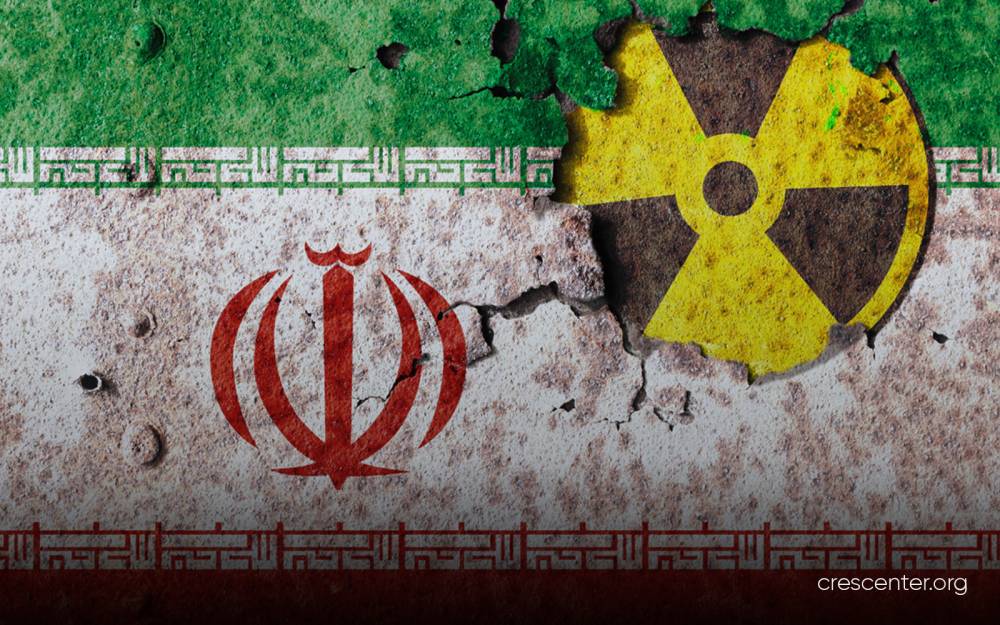For decades, Iran’s nuclear program has been a geopolitical flashpoint, defined by cycles of sanctions, negotiations, and broken promises. By 2025, the stakes are higher than ever: Iran’s nuclear capabilities have advanced dramatically, while regional alliances and global power dynamics continue to shift. This article examines the fraught negotiations between Iran and United States (with Western powers in the backdrop), probing the historical patterns, competing narratives, and technical realities that make a sustainable agreement elusive. From the Trump-era "maximum pressure" sanctions to Iran’s calculated nuclear advancements, the path to diplomacy remains riddled with paradoxes. As both sides claim leverage—the U.S. pointing to Iran’s regional vulnerabilities, Iran flaunting its nuclear gains—the question looms: Can 2025 break the cycle of failed deals?
Historical Context: A Cycle of Broken Promises
The narrative that Iran only reluctantly engaged in diplomacy in 2015 overlooks decades of fraught negotiations. Since the early 2000s, Tehran has repeatedly sought sanctions relief through agreements with Western powers—only to face backtracking and mistrust. In 2003, Iran and the European "troika" (France, Germany, UK) signed the Tehran Declaration,
halting uranium enrichment for six months and allowing inspections in exchange for normalized trade relations. Yet, after a year of compliance, Iran saw no economic rewards. Undeterred, it signed the 2004 Paris Agreement, suspending uranium conversion (a precursor to enrichment). Again, Europe failed to deliver sanctions relief, prompting Iran to resume its nuclear activities. By 2013, facing tightened sanctions, Tehran adopted a new tactic: voluntary restraint. The Joint Plan of Action (JPOA) limited enrichment to 5% and paused progress on its Arak heavy-water reactor, paving the way for the 2015 JCPOA. But even this landmark deal collapsed when the U.S. withdrew in 2018. As Richard Nephew, a key architect of sanctions, acknowledged, Iran faced more economic pressure after signing the JCPOA than before—a pattern of broken promises that fuels Tehran’s skepticism today.
The Trump Factor: Chaos and Zero-Enrichment Demands
Donald Trump’s return to office in 2025 injected volatility into negotiations. During his first 100 days, he imposed 184 sanctions on Iran, shifting redlines and issuing contradictory demands. Politically shackled by his years of vilifying Obama’s JCPOA and pressured by Israel to secure a “better” deal, Trump insists on zero uranium enrichment—a nonstarter for Tehran. Iran’s resistance stems from bitter precedents: In the past, France denied Iran access to uranium processed by “European Gaseous Diffusion Uranium Enrichment Consortium” aka Eurodif, a company it co-owned. In 2010, a U.S.-backed veto blocked a Turkish-Brazilian fuel-swap deal despite Iran’s compliance. For Tehran, relinquishing enrichment—a right enshrined in the Nuclear Non-Proliferation Treaty (NPT)—would surrender sovereignty and repeat past humiliations. Meanwhile, Iran’s nuclear advancements in 2025—4x SWU capacity, 60% enriched uranium stockpiles (275 kg), and tripled 20% reserves—empower its negotiators. With breakout time to weapons grade uranium now measured in weeks, Tehran demands reciprocal concessions, but Trump’s political baggage renders compromise impossible.
Regional Brinkmanship and Escalating Risks
Trump’s failed covert operations against AnsarAllah leadership in Yemen and his administration’s unenforceable pledge to reduce Iran’s oil exports to zero have inadvertently bolstered Tehran’s confidence. These missteps, coupled with Iran’s adaptive "resistance economy" model, have allowed it to mitigate sanctions’ impacts through clandestine oil sales and regional alliances—a resilience that emboldens its refusal to capitulate to U.S. maximalist demands. The result is a paradoxical escalation: Washington’s pressure tactics, intended to weaken Iran’s position, have instead galvanized its nuclear advancements and hardened its negotiating stance." Israel’s role further complicates the calculus. Prime Minister Netanyahu’s insistence on terms exceeding Libya-style disarmament—a nonstarter for Iran—reflects a deterrence strategy rooted in the Stability-Instability Paradox. By publicly rejecting compromise and allegedly sabotaging Iran’s infrastructure (e.g., mysterious fires at Shahid Rajaei Port and other sites), Israel seeks to undermine negotiations while avoiding overt war. Such tactics, however, risk inflaming the commitment trap, where neither side can back down without losing credibility.
Domestic Politics and the Illusion of Flexibility
Despite these obstacles, glimmers of pragmatism exist. Iran’s reformist administration, prioritizing global economic integration over ideological "resistance economy" principles, has stalled ratification of the Comprehensive Strategic Partnership Agreement with Russia—a signal of willingness to pivot westward. Similarly, Trump’s desperation for a diplomatic victory ahead of midterm elections underscores a diversionary foreign policy motive. His failed pledges—ending the Ukraine war, reviving U.S. manufacturing through protectionist tariffs—have backfired, galvanizing Asian adversaries (Japan, South Korea, China) into forging an unlikely counter-alliances. The botched Yemen withdrawal, costing $700 million without strategic gains, further erodes his leverage. For both leaders, an interim deal offers face-saving relief: Iran secures economic reprieve, Trump claims a “win,” and mutual redlines are rhetorically preserved.
Pathways Forward: The Interim Deal Dilemma
An interim agreement, akin to the 2013 JPOA, could temporarily freeze Iran’s 60% enrichment in exchange for limited sanctions relief. Such a model draws from conflict resolution theories emphasizing confidence-building measures (CBMs) to bridge trust deficits. However, this approach risks perpetuating the cycle of short-term fixes, as seen in past decades. Alternatively, a grand bargain linking nuclear constraints to regional détente—for instance, U.S. recognition of Iran’s role in Persian Gulf security—could reframe negotiations. Yet, this would require dismantling entrenched narratives of enmity, a task complicated by decades of securitized rhetoric.
